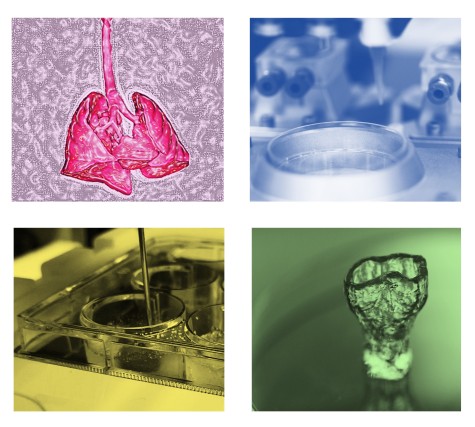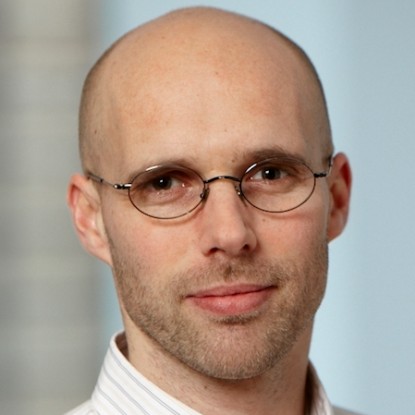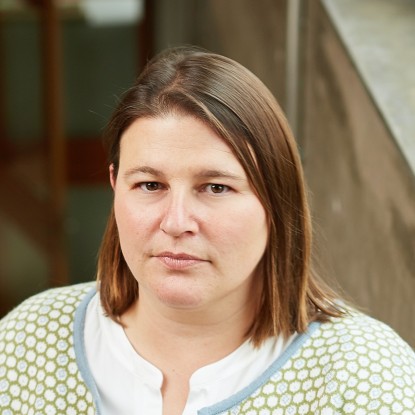Centre for Synthetic Biology

Facilities
Facilities within des Centre for Synthetic Biology
The Centre for Synthetic Biology stands out for its focus on technology-driven biological research.

CompuGene Robotics Platform
The centrally accessible robotics platform of the LOEWE research cluster CompuGene allows the characterization of molecular components in high-throughput processes. The platform is part of the global “Global Biofoundry Alliance”, in which leading research locations in the field of synthetic biology register their platforms.
3D Bioprinting Lab
3D-Bioprinting is a digitalized biofabrication technology that applies the concepts of additive manufacturing to generate tissue precursor. Living cells embedded in a hydrogel matrix, referred to as bioink, are printed layer-by-layer to reconstruct the tissue of interest’s macro anatomy. Following the printing process the precursor structures are cultivated for several weeks in dedicated bioreactors or in a host organism to mature and form a biofunctional tissue unit.
The Bioprinting Lab of the Center for Synthetic Biology is located at the Institute for BioMedical Printing Technology (Prof. Blaeser) at TU Darmstadt. Within this innovative 3D biofabrication park leading scientists and partners from industry investigate and develop the technological basis for transferring synthetic, bioprinted tissues into applications. In this context synthetic biology represents a synergetic field of research that allows the previous limits and the application spectrum of current 3D bioprinting approaches to be significantly expanded.
Micro fluidics
Droplet microfluidics has evolved into a lab-on-a-chip platform for a large variety of applications. Each droplet can be seen as a reaction container. The ability to encapsulate cells into the droplets, allows these platforms to perform single cell research. Monodispersed picoliter sized droplets can be generated at kilohertz rates. Therefore, droplet platforms can carry out quantitative studies of large populations of cells. This technique is developed in the groups of Prof. Dr. Heinz Koeppl and Thomas Burg.
Aptamers
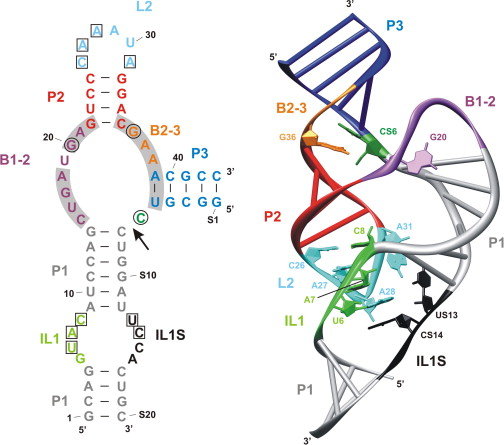
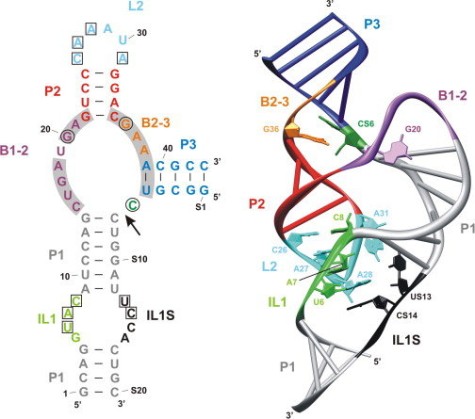
Aptamers are short, single-stranded nucleic acids that can bind a target molecule with high affinity and specificity. Aptamers can thus be used to develop highly specific biosensors, but they can also be used as synthetic RNA switches for gene expression. The technology used to produce these aptamers is known as SELEX and is established as core technology in the Centre for Synthetic Biology in Prof. Dr. Beatrix Süß's research group.
Single Nanochannel Plattform for nanofluidics and nanosensing
Etched ion-track membranes are fabricated at the GSI Helmholtz Centre by swift heavy ion irradiation and chemical etching. Pore density and pore arrangement are selected by the irradiation conditions. Pore density can be adjusted between 1 pore/sample and ~ 1010 ions/cm2. Pore size and geometry are controlled by the etching parameters. Typical pore diameters range between ~ 10 nm and few micrometers. Using this technique, cylindrical, conical, bi-conical, and bullet-shaped pores are fabricated.
Polymer foils (such as polyethylene terephthalate, polycarbonate and polyimide) with an individual nanochannel are produced by using the single-ion irradiation facility at the X0 beamline of the UNILAC linear accelerator of GSI, and subsequent chemical etching of the ion track.
Several groups around the world from biology, chemistry, and materials science are developing functionalization strategies for single-nanopore membranes to render characteristic ion transport properties and to develop highly sensitive and highly selective novel nanopore-sensors. The single nanopores act also as model systems to investigate the transport of ions and molecules in confinement.
Structural Biology
The ultimate goal of several members of the centre is the development of an in silico molecular simulation and analysis pipeline for synthetic biology research and molecular systems biology to a) investigate biological and biophysical phenomena on multiple scales and b) to engineer biomolecules and functional biomaterials. Therefor the focus is on integrating techniques for efficient simulations, coarse-grained models, and structure modeling approaches with off-the-shelf, sequence-based bioinformatics software packages. The groups of Kay Hamacher and Heinz Koeppl are involved in this.
Microscopy
The Centre for Synthetic Biology owns different microscopes for advanced light and electron microscopy. Departmental and group owned microscopes of the Biology department are listed here. The Department of Chemistry also has a large number of microscopes, especially in cooperation with the Merck-Lab @ TU Darmstadt.



